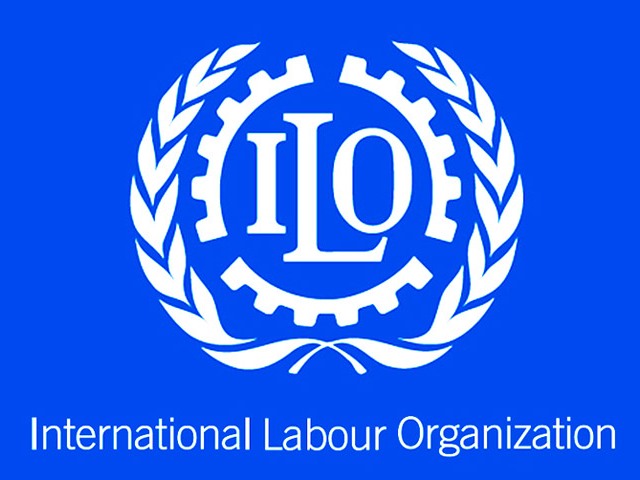50m people worldwide in modern slavery as crises fuel poverty – ILO
September 12, 2022
…28m in forced labour, 22m trapped in forced marriage
The number of people forced to work or in a marriage against their will surged in recent years to around 50 million people in 2021, the International Labour Organization (ILO) said on Monday.
According to the latest Global Estimates of Modern Slavery. Of these people, 28 million were in forced labour and 22 million were trapped in forced marriage.
The number of people in modern slavery has risen significantly in the last five years. 10 million more people were in modern slavery in 2021 compared to 2016 global estimates. Women and children remain disproportionately vulnerable.
Modern slavery occurs in almost every country in the world, and cuts across ethnic, cultural and religious lines. More than half (52 per cent) of all forced labour and a quarter of all forced marriages can be found in upper-middle income or high-income countries.
Forced labour
Most cases of forced labour (86 per cent) are found in the private sector.
Forced labour in sectors other than commercial sexual exploitation accounts for 63 per cent of all forced labour, while forced commercial sexual exploitation represents 23 per cent of all forced labour.
Almost four out of five of those in forced commercial sexual exploitation are women or girls.
State-imposed forced labour accounts for 14 per cent of people in forced labour.
Almost one in eight of all those in forced labour are children (3.3 million). More than half of these are in commercial sexual exploitation.
Forced marriage
An estimated 22 million people were living in forced marriage on any given day in 2021. This indicates an increase of 6.6 million since the 2016 global estimates.
Forced marriage is closely linked to long-established patriarchal attitudes and practices and is highly context specific. The overwhelming majority of forced marriages (more than 85 per cent) was driven by family pressure.
Although two-thirds (65 per cent) of forced marriages are found in Asia and the Pacific, when regional population size is considered, the prevalence is highest in the Arab States, with 4.8 people out of every 1,000 in the region in forced marriage.








